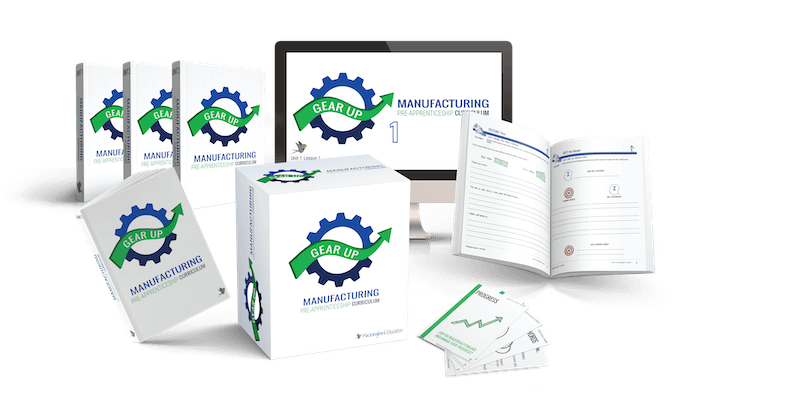Unit 7
Overview
Unit 7 contains Lesson 1 and Lesson 2.
When it comes to manufacturing jobs, stationary engineers and boiler operators have one thing in common. They are all concerned with analyzing and evaluating how equipment is performing. Whether it is monitoring, tracking, or charting data, they each have to see the patterns of day-to-day operations and decide whether everything is moving as efficiently as possible. Gathering this data is crucial to the maintenance of equipment and workflow.Therefore, this unit focuses on identifying, translating, and communicating data using ratios and proportions

